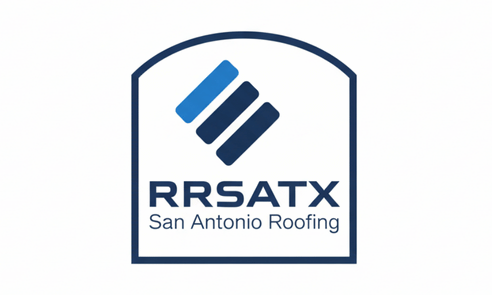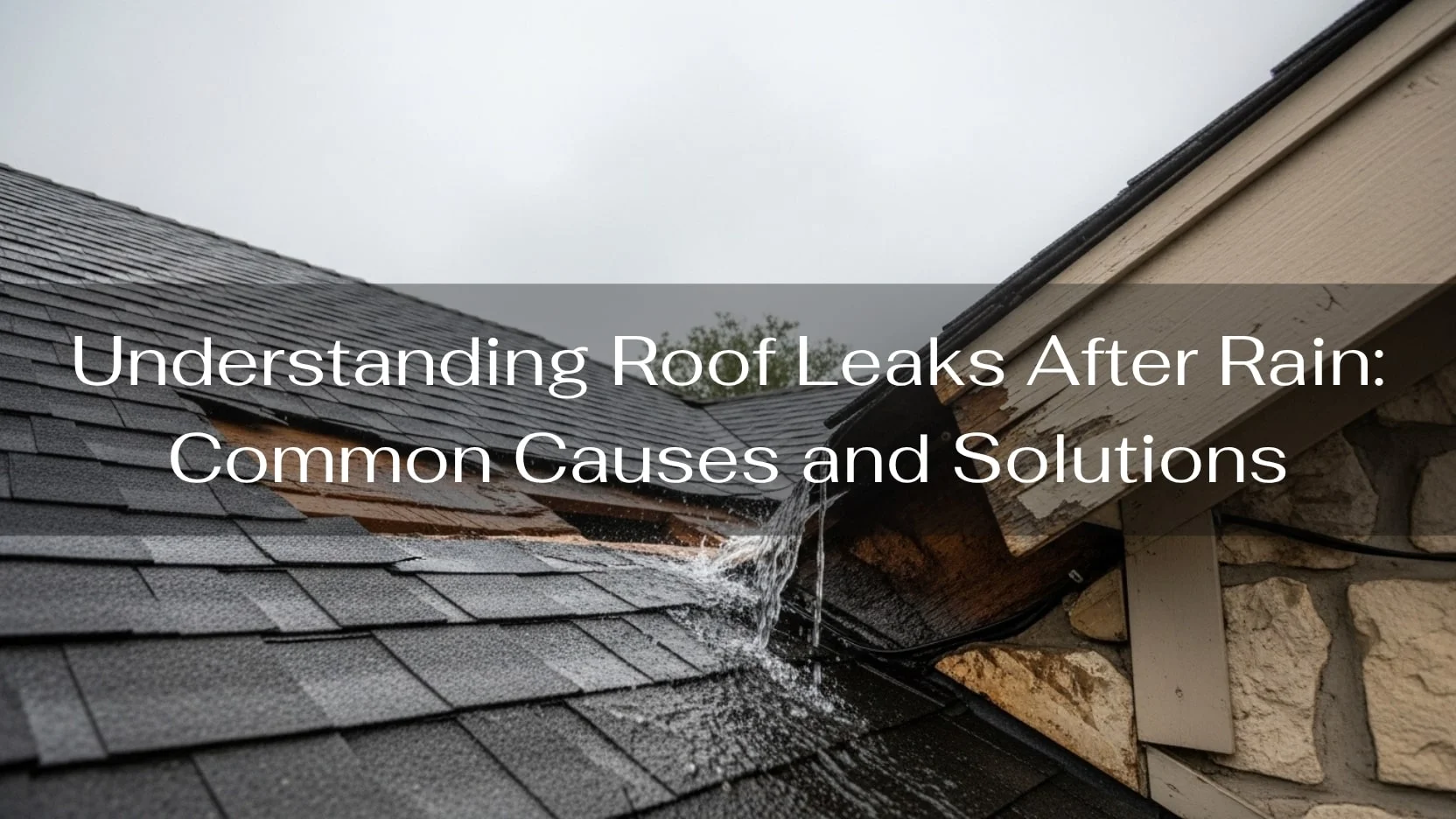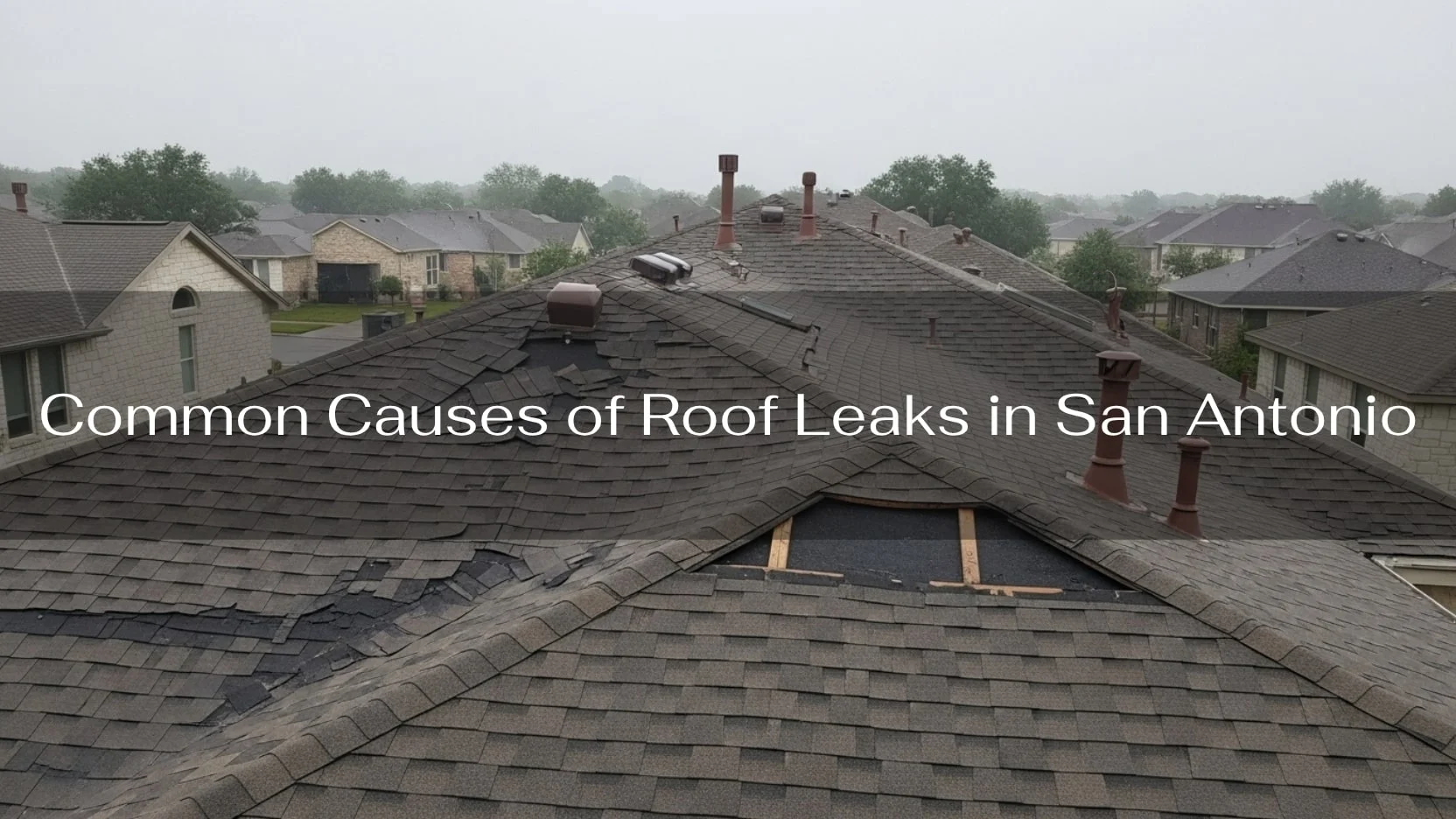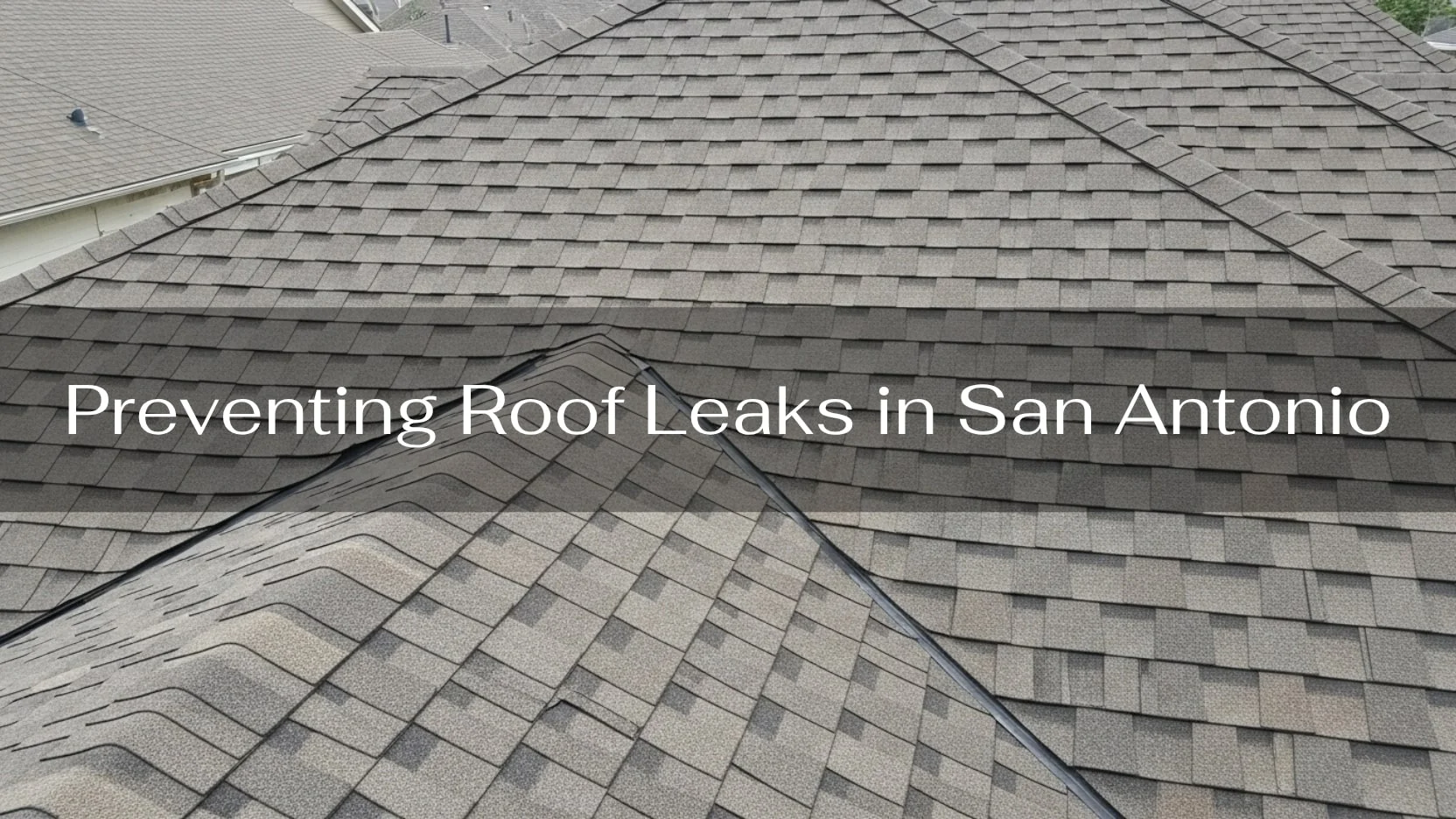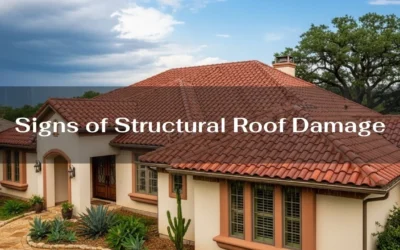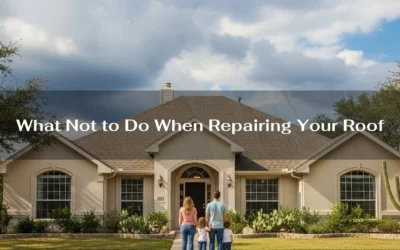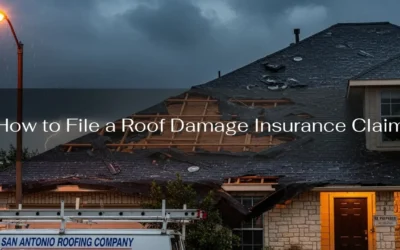Living in San Antonio, Texas, means dealing with the occasional heavy rain and storms that can put your roof to the test. If you’ve noticed water dripping inside your home after a downpour, you’re not alone. Roof leaks are a common issue for many homeowners in San Antonio, but understanding the causes can help you take proactive steps to protect your home.
Why Do Roof Leaks Happen After Rain?
Roof leaks often become noticeable after heavy rainfall because water finds its way through weak spots or damaged areas on your roof. Even if your roof looks fine during light rain, a heavy storm can expose issues that let water seep inside, causing damage to your ceilings, walls, and even your home’s foundation.
Common Causes of Roof Leaks in San Antonio
1. Damaged or Missing Shingles
Shingles are your roof’s first line of defense against rain. Over time, Texas sun and storms can cause shingles to crack, curl, or even blow off during strong winds. Missing shingles leave your roof vulnerable to water penetration during heavy rain.
2. Roof Flashing Problems
Roof flashing is the metal material installed around roof pipes, chimneys, skylights, and other roof openings. If flashing is damaged, rusted, or improperly installed, water can seep through these weak points. In San Antonio, where heavy storms are common, ensuring your flashing is properly sealed is essential.
3. Pipe Boot Failure
The pipe boot is the seal around plumbing pipes that penetrate the roof. Most pipe boots are made of synthetic rubber called neoprene, which can degrade over time due to sun exposure. Cracks or breaks in the pipe boot allow rainwater to enter your attic or walls.
4. Chimney Leaks
Chimneys can be a major source of leaks after rain. Water can enter through cracks in the masonry chase top or through deteriorated mortar joints. The flashing surrounding the chimney can also fail, especially if it wasn’t installed properly or has rusted.
5. Clogged Gutters and Poor Drainage
San Antonio’s heavy rains can overwhelm gutters clogged with leaves and debris. When gutters don’t drain properly, water can pool on your roof or around your foundation walls, leading to leaks and water damage inside your home or crawl space.
6. Skylight Leaks
Skylights are beautiful but can be tricky to keep sealed. Improperly installed skylights or worn seals can allow rainwater to seep in, especially during heavy storms. Condensation can also cause moisture problems if your skylight isn’t ventilated properly.
7. Flat Roof Issues
Many homes in San Antonio have flat roofs or low slopes that don’t drain water as effectively as pitched roofs. Without proper drainage and regular maintenance, water can pool on flat roofs, increasing the risk of leaks.
8. Debris Buildup
Leaves, sticks, and other debris can accumulate in roof valleys and around flashing, trapping water during heavy rain. This pooling water can find its way under shingles or through small cracks, causing leaks.
What To Do If You Notice a Leak
- Protect Your Home Immediately: Place buckets or containers under drips to catch water and prevent damage to floors and furniture. Use towels to soak up any water on surfaces.
- Inspect Safely: After the rain stops, inspect your roof from the ground for visible damage like missing shingles or damaged flashing. Avoid climbing on the roof yourself unless you have proper safety equipment.
- Call Roofing Experts: Contact a trusted local roofing company in San Antonio to perform a thorough inspection. They can identify the leak’s source and recommend repairs or replacements.
Preventing Roof Leaks in San Antonio
- Regular Roof Inspections: Schedule inspections at least twice a year, especially before and after the rainy season.
- Clean Gutters: Keep gutters and downspouts clear of debris to ensure proper drainage.
- Maintain Roof Flashing and Pipe Boots: Have these components checked and repaired as needed to ensure they remain properly sealed.
- Replace Damaged Shingles Promptly: Don’t wait for leaks to develop; replace cracked or missing shingles as soon as possible.
- Address Debris Build-Up: Remove leaves and sticks from roof valleys and around chimneys to prevent water pooling.
Why Timely Repairs Matter
Ignoring small leaks can lead to significant water damage, mold growth, and costly repairs down the line. In San Antonio’s climate, where heavy storms and heat can accelerate roof wear, timely maintenance and repairs are essential to protecting your home and family.
Conclusion
Roof leaks after rain are a common concern for San Antonio homeowners, but with the right knowledge and proactive care, you can minimize the risk. Keep an eye on your shingles, flashing, gutters, and other vulnerable areas, and don’t hesitate to call local roofing experts for inspections and repairs. Protect your home from water damage and enjoy peace of mind during every Texas storm.
